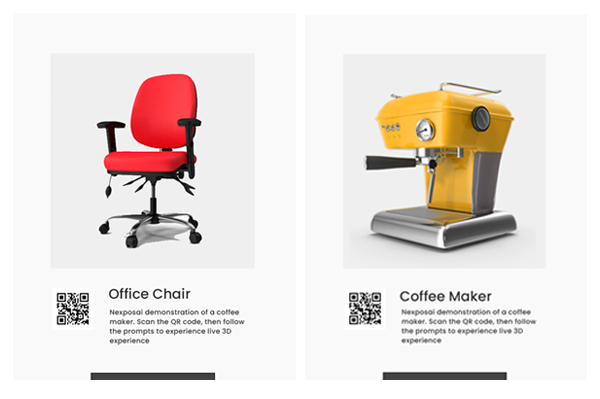Unlocking the Potential of AR Sales Marketing: Best Practices for Businesses
Augmented Reality (AR) has emerged as a game-changer in the world of sales and marketing. By blending the virtual and physical worlds, AR offers businesses a unique opportunity to engage with their customers in a more immersive and interactive way. However, navigating the AR sales marketing landscape can be a daunting task for businesses that are new to this technology. In this article, we will explore some best practices to help you harness the power of AR and drive your business forward.
1. Define Your Objectives
Before diving into AR sales marketing, it is crucial to clearly define your objectives. What do you hope to achieve with AR? Are you looking to increase brand awareness, drive sales, or enhance customer engagement? By setting specific goals, you can tailor your AR strategy to align with your business objectives.
2. Understand Your Target Audience
Knowing your target audience is key to creating successful AR experiences. Take the time to understand their preferences, behaviors, and pain points. This knowledge will help you design AR campaigns that resonate with your audience and deliver value. Remember, the more personalized and relevant the experience, the more likely your customers will engage with your brand.
3. Choose the Right AR Platform
With a plethora of AR platforms available, it is essential to choose the one that best suits your business needs. Consider factors such as ease of use, scalability, and compatibility with your existing marketing channels. Look for platforms that offer robust analytics and reporting capabilities, as these insights will help you measure the success of your AR campaigns and make data-driven decisions.
4. Create Compelling AR Experiences
The success of your AR sales marketing efforts hinges on creating compelling and memorable experiences for your customers. Whether it’s virtual try-on experiences for fashion brands or interactive product demonstrations for B2B companies, the key is to provide value and enhance the customer journey. Leverage AR to showcase your products or services in a way that is engaging, informative, and entertaining.
5. Integrate AR into Your Marketing Channels
AR should not exist in isolation but rather be seamlessly integrated into your existing marketing channels. Whether it’s your website, social media platforms, or physical stores, make sure to incorporate AR experiences where they make the most impact. By integrating AR into your marketing mix, you can create a cohesive and immersive brand experience that captivates your audience.
6. Measure and Optimize
As with any marketing strategy, measuring the success of your AR campaigns is crucial. Track key performance indicators such as engagement rates, conversion rates, and customer feedback. Analyze the data to identify areas for improvement and optimize your AR experiences accordingly. Continuously iterate and refine your approach to ensure you are delivering the best possible AR experiences to your customers.
7. Stay Ahead of the Curve
The AR landscape is constantly evolving, with new technologies and trends emerging regularly. To stay ahead of the curve, it is essential to stay informed and adapt your strategies accordingly. Keep an eye on industry news, attend conferences, and network with other professionals in the field. By staying up-to-date with the latest developments, you can leverage new opportunities and maintain a competitive edge.
Augmented Reality has the potential to revolutionize the way businesses engage with their customers. By following these best practices, you can navigate the AR sales marketing landscape with confidence and unlock new opportunities for your business. Embrace the power of AR and take your sales and marketing efforts to new heights.





